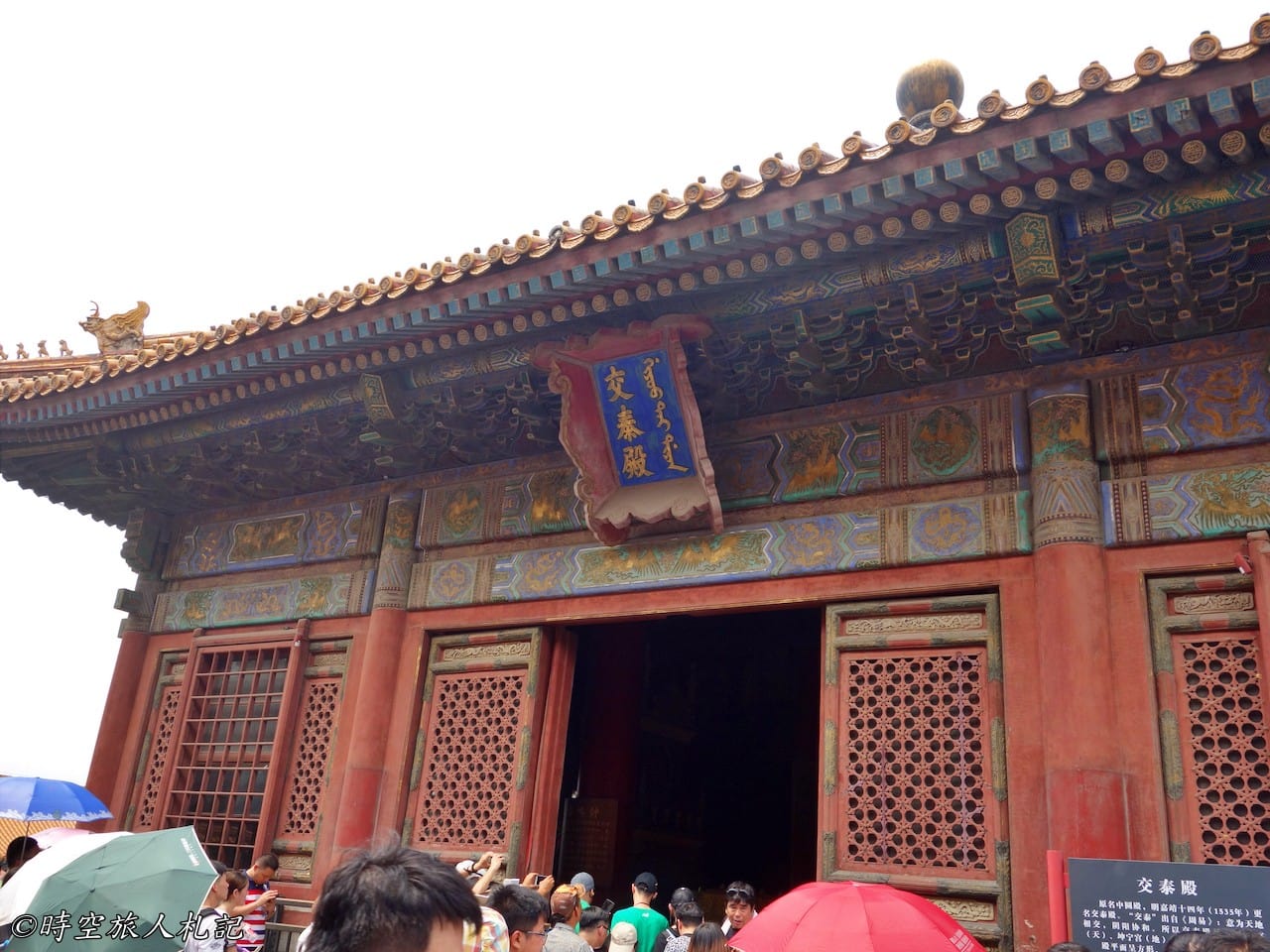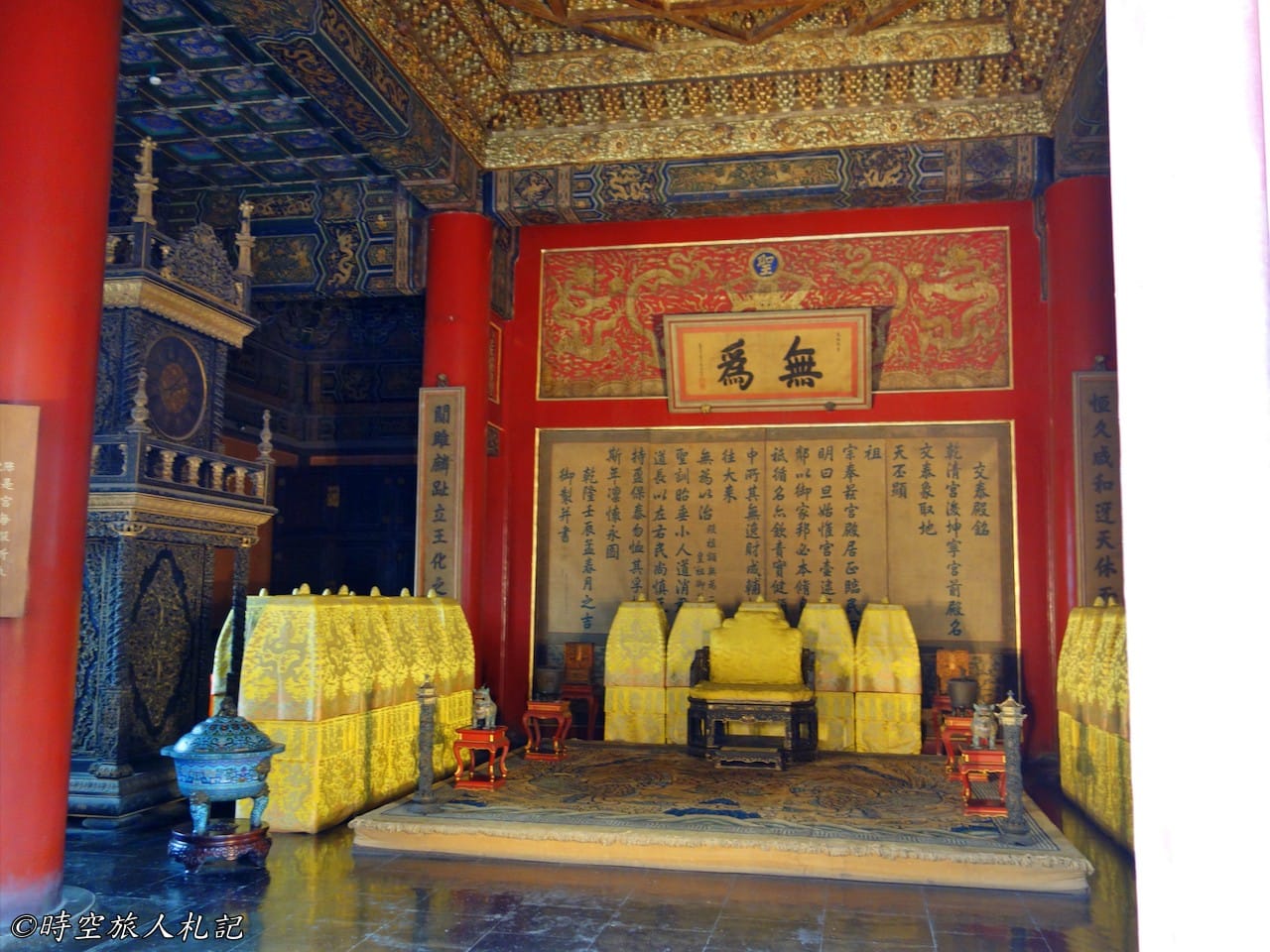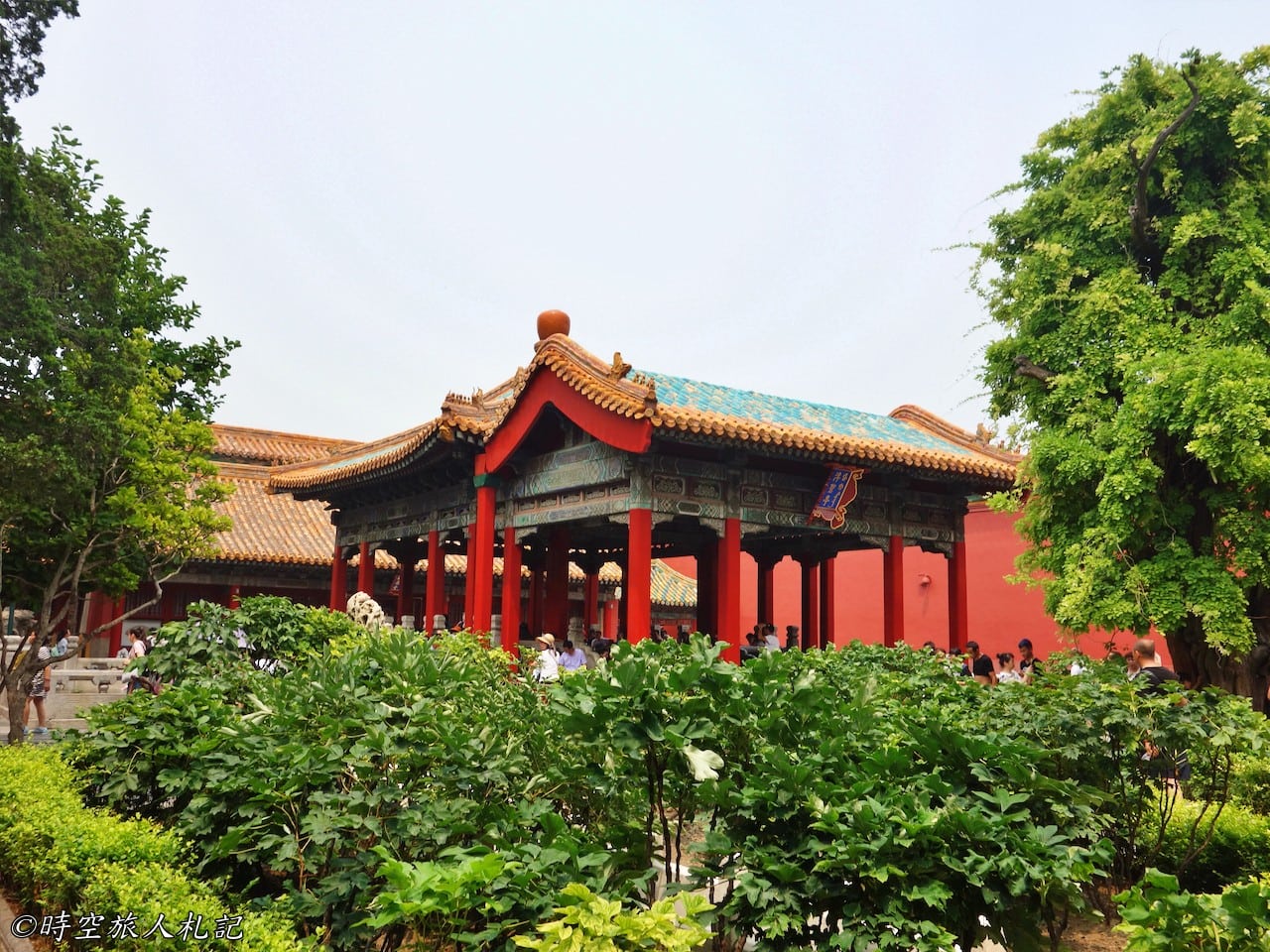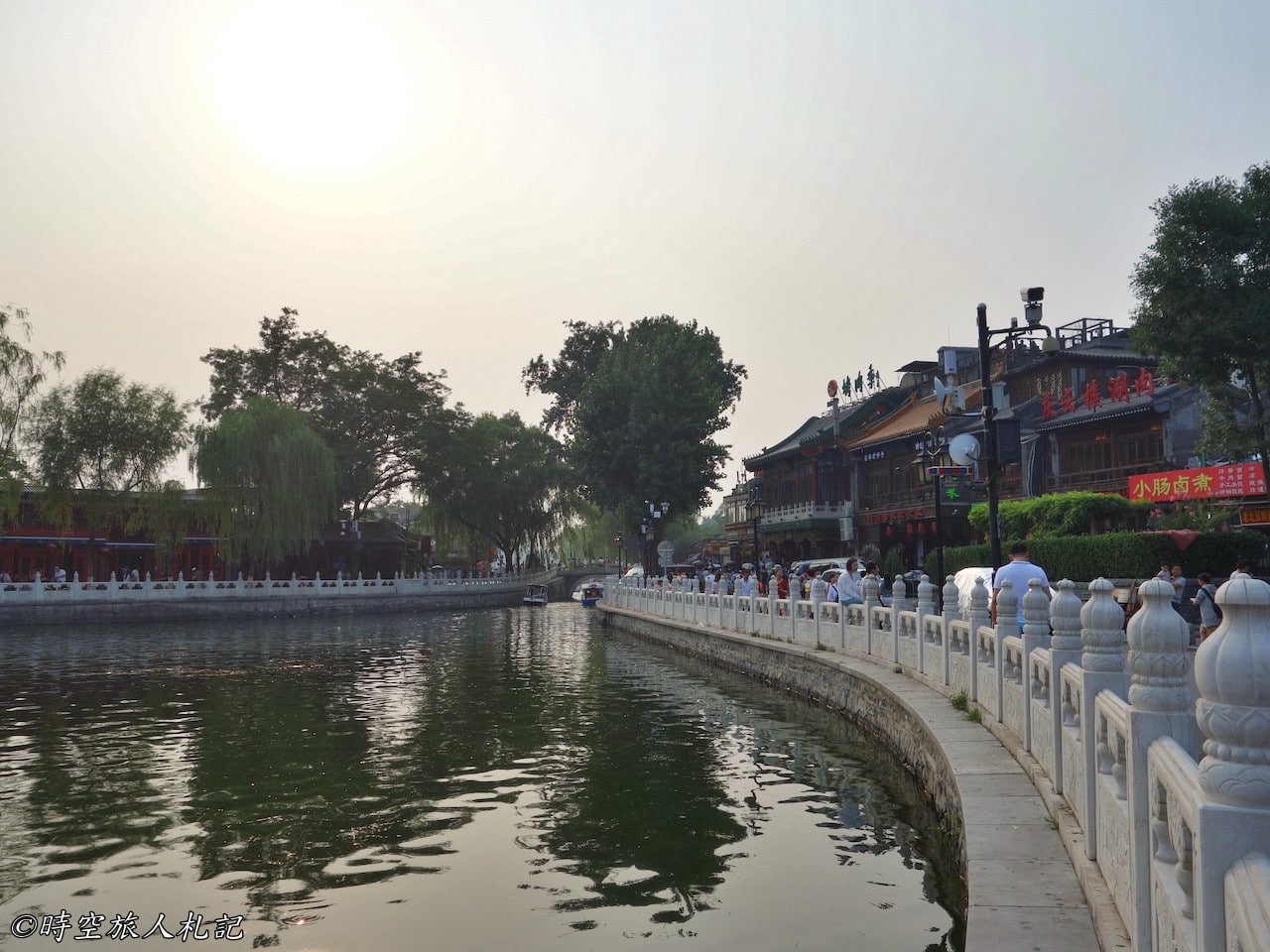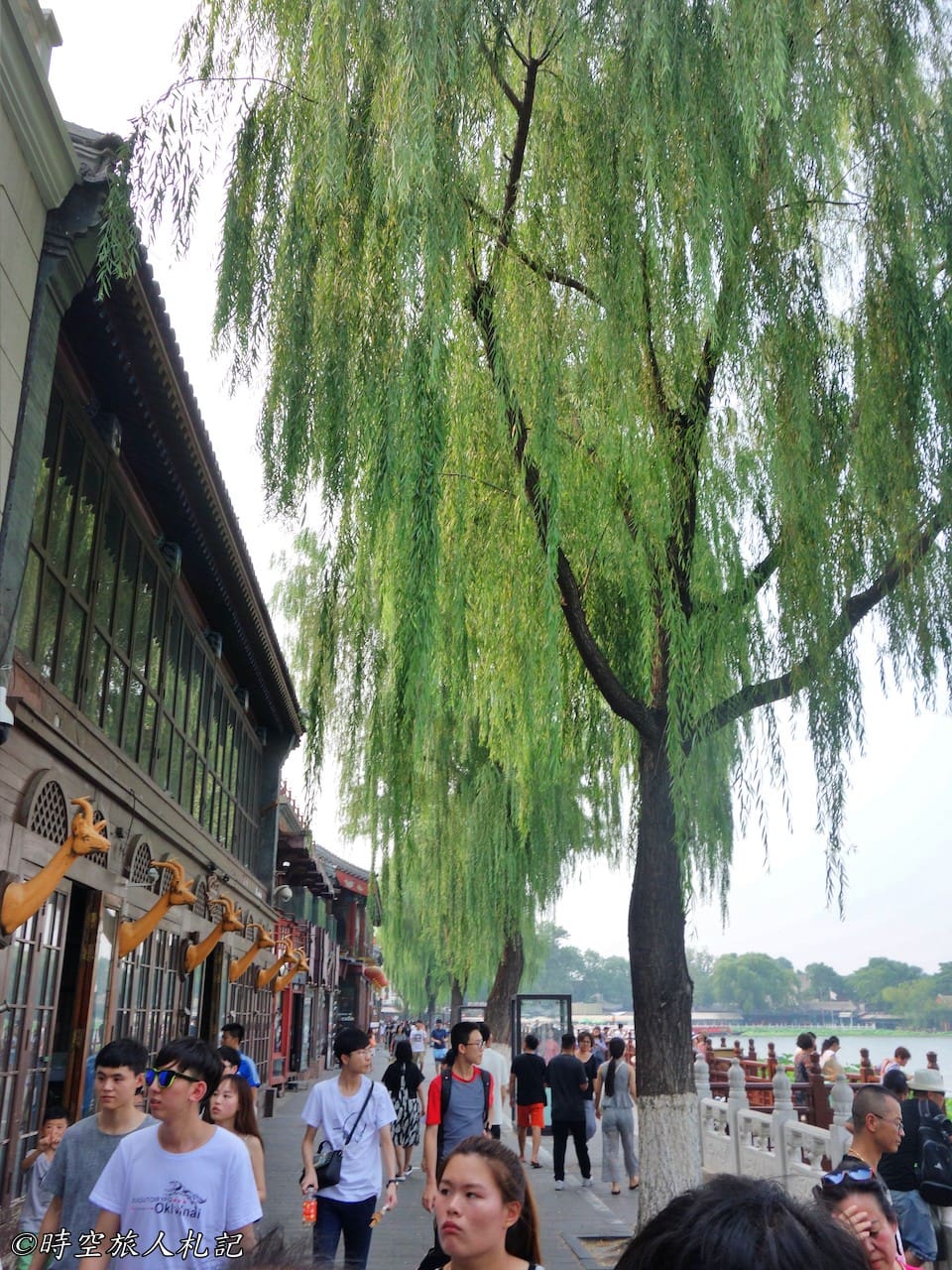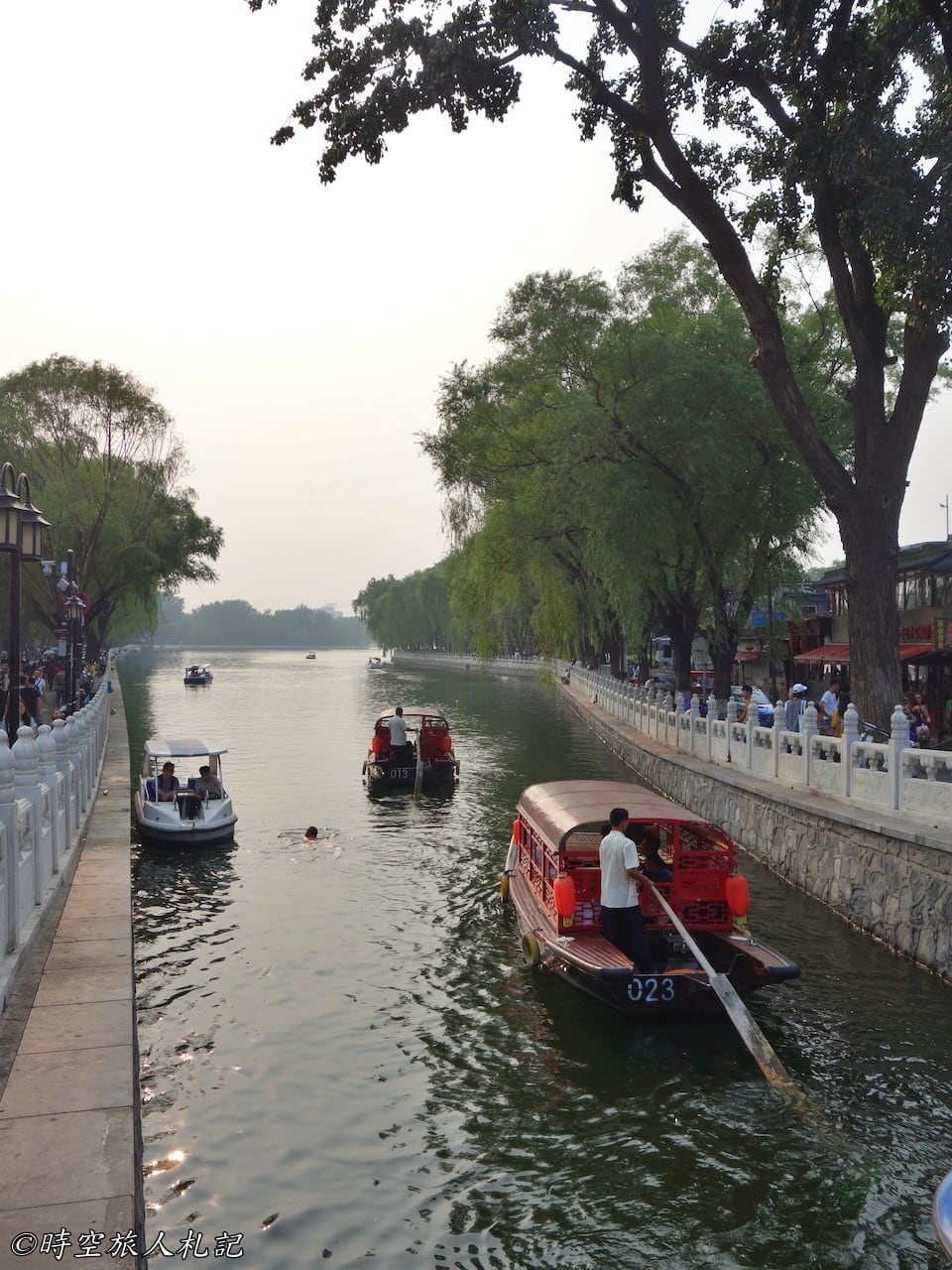Table of Content
Beijing Palace Museum
Passing through Tiananmen Square to the inner city is the Forbidden City, the imperial city of the Ming and Qing dynasties, which is now theBeijing Palace MuseumThe Palace Museum is a museum based on the Imperial Palace (Forbidden City) of the Ming and Qing dynasties. The Palace Museum is a museum built on the basis of the imperial palace (Forbidden City) of the Ming and Qing dynasties, which was first built in the fifth year of the Yongle period of the Ming Dynasty (1407), covering an area of 780,000 square meters. The existing building is 167,000 square meters, with a 10-meter-high wall and a moat surrounding it.
The Forbidden City is divided into two parts: the outer court and the inner court. The outer court is dominated by the three great halls of the three dynasties (the Hall of Supreme Harmony, the Hall of Central Harmony and the Hall of Bohol), which are mainly the places where the emperor held his ceremonies. The inner court to the Qianqing Palace, Jiaotai Hall, Kun Ning Palace as the main body, the six East and West Palace for the two wings, is to deal with the day-to-day government and life. In addition, it also includes the Palace of the Supreme Emperor on the Outer East Road, the Southern Three Sections where the Emperor's son lived, and the Palace of the Empress Dowager on the Outer West Road. It housed 24 emperors of the Ming and Qing dynasties until 1911, when the history of the palace came to an end after the Xinhai Revolution, when the Emperor Puyi and the royal family continued to live in the inner court until 1924, when they moved out of the Forbidden City. The Palace Museum is currently on the United Nations World Heritage List.
lunchtime
The first thing you pass when entering the Forbidden City is the Noon Gate. You should have often heard of the incident of "beheading in front of the Noon Gate", but the beheading did not take place here at the Noon Gate, but actually outside the Imperial City, a few miles away from the Noon Gate, in the vegetable market.
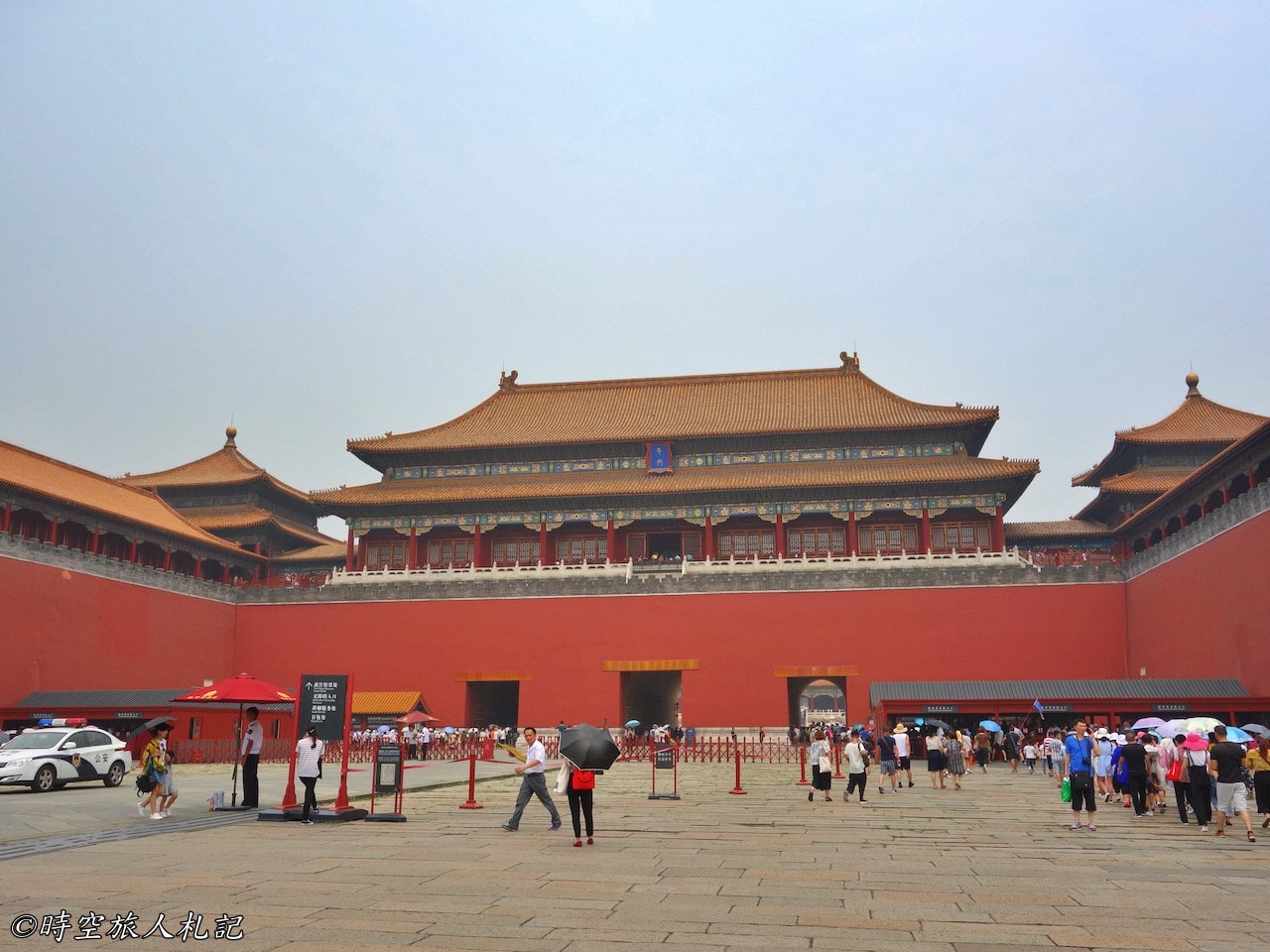
It was a weekend and it was so crowded that it felt like the four directions were coming together. A panoramic view is the only way to show the grandeur of the Imperial City.

the central pavilion of the Forbidden City rendered in English as "Hall of Supreme Harmony
Passing through the Gate of Supreme Harmony, you will arrive at the Hall of Supreme Harmony. The Hall of Supreme Harmony, commonly known as the Hall of the Golden Crown, was built in the 18th year of the Yongle reign of the Ming Dynasty as a venue for major celebrations. Originally known as the Hall of Fengtian, it was renamed the Hall of Huangji in the 41st year of the Jiajing reign, and renamed the Hall of Taihe in the 2nd year of the Shuntai reign. Every year, the three major festivals such as New Year's Day, Winter Solstice, Emperor's Birthday and other major events such as Emperor's accession to the throne, wedding, registration of the Empress, announcing the rank of the scholars, ordering the generals to go to war and so on, were all held in this place. The Hall of Supreme Harmony is located on top of a three-story alabaster pedestal and is the highest-ranking ancient building in China. It was once burned down and rebuilt, and the existing Hall of Supreme Harmony was rebuilt in the 34th year of the Kangxi reign.
Approaching the Hall of Supreme Harmony, one can see a plaque entitled "Jianji Suiyou" (建極綏猷) hanging above the interior of the Hall, and a diametrically-directed dragon holding a precious pearl (xuan mirror) in its mouth in the middle of the ceiling of the Hall. The interior is covered with square bricks made in Suzhou, commonly known as gold bricks. These bricks were not made of gold, but were called "Beijing bricks" because they were specially made for the capital city, and later became known as gold bricks.
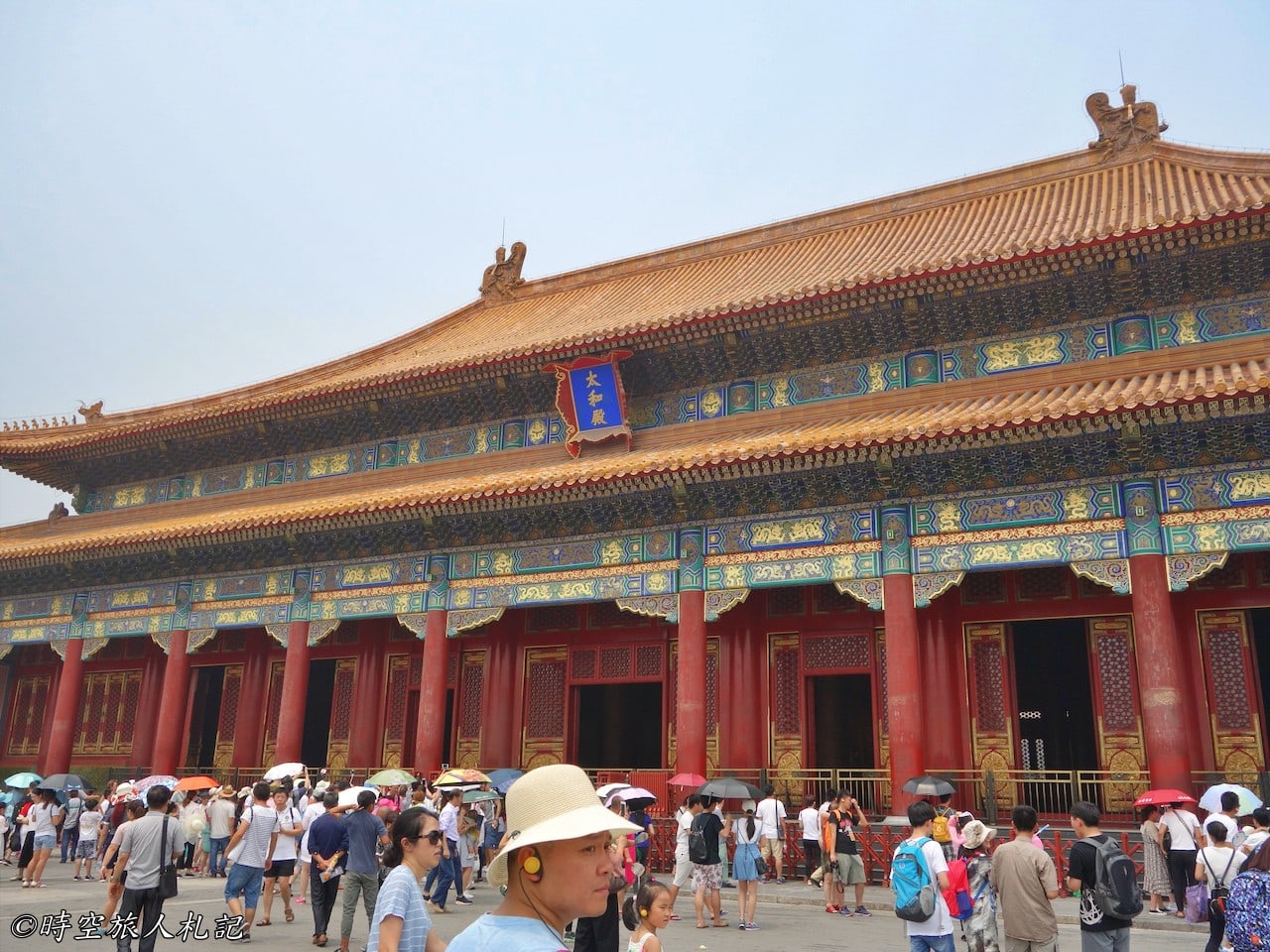
the central pavilion of the Forbidden City rendered in English as "Hall of Supreme Harmony
Behind the Hall of Supreme Harmony, there is the Hall of Preservation of Harmony, which was called the Hall of Jinshen in the early Ming Dynasty, renamed the Hall of Jianji in the 41st year of the Jiaqing period, and renamed the Hall of Preservation of Harmony in the 2nd year of the Shunzhi period. The Bohol Hall was built in the style of the "Reduced Pillar Building", in which six pillars in the hall were removed to open up the space. Inside the hall hangs a plaque in Qianlong's imperial handwriting entitled "Huangjian Youji", which means the highest criterion for the establishment of the world by the emperor. In the Ming Dynasty, the emperor used to change his clothes here before the Great Ceremony. On New Year's Eve and the 15th day of the first month of the year, the emperor entertained princes and ministers here. In the early Qing Dynasty, Shunzhi and Kang Xi lived here. In the 54th year of the Qianlong reign, this place became a regular venue for the Imperial Examination.
Ts'ai Ning Temple
Then we visited the famous Cining Palace. The area of Cining Palace includes Cining Gate, Cining Palace, and the garden of Cining Palace outside the gate. Here we see the Cining Gate.

Cining Palace was first built in the 15th year of the Jiajing reign of the Ming Dynasty. In the Ming Dynasty, Ci Ning Palace was the residence of the previous imperial concubines. In the 10th year of the Shun Zhi reign, Empress Xiao Zhuang Wen lived in Ci Ning Palace, which became the residence of the Empress Dowager as well as the Empress Dowager, followed by the Imperial Concubine and the Empress Dowager. Ci Ning Palace was mainly used as a hall for the Empress Dowager to hold important ceremonies, such as the Empress Dowager's Sacred Birthday and the Princess's Marriage, which were all celebrated here. The interior is currently a sculpture museum. We casually went in and around, but did not see the exhibition particularly impressive, I wonder if it is because the important artifacts have been moved to the National Palace of Taipei.
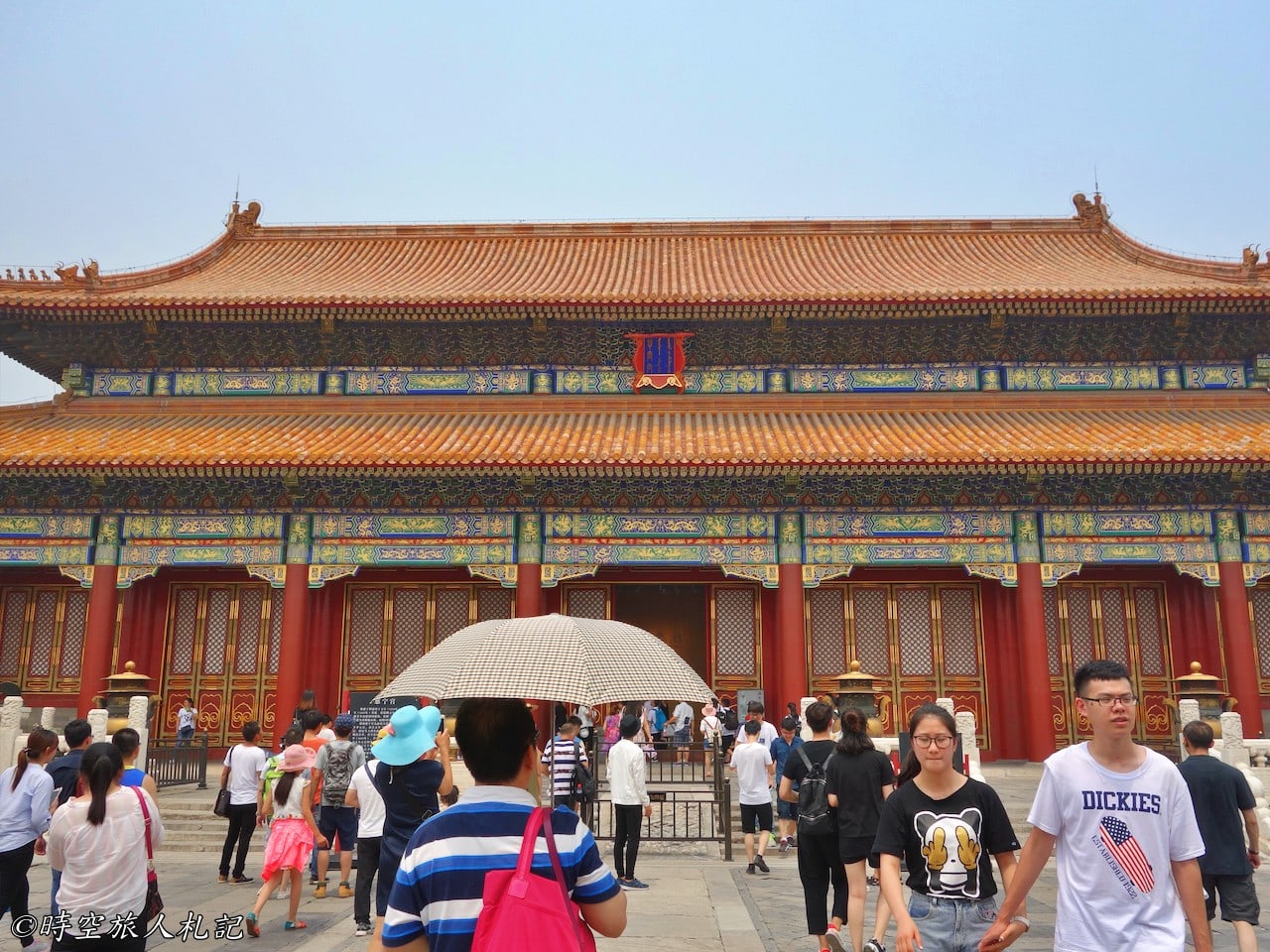
Office of Military Affairs (Qing Dynasty)
If it were not for the fact that it is located in the Imperial City, this building would appear at first glance to be just a bungalow with a beautiful roof, but this short building was a very important governmental organization during the Qing Dynasty. In the seventh year of the Yongzheng period, when the army was deployed in the northwest of China, a military room was set up to handle military affairs in time, and in the third year of the Qianlong period, it was transformed into the Military Organizations Office (MOO). The Minister of Military Organizations was a part-time minister, who was appointed by the emperor's trusted university professors, ministers of education, and ministers of war. The function of the Office of Military Mechanics was originally to prepare orders and participate in military affairs, but later it gradually evolved into the source of national government and administrative center, and its status was higher than that of the Cabinet. It was not abolished until the establishment of the Cabinet of Responsibility in the third year of the reign of Emperor Xuancheng.

Qianqing Palace
The Qianqing Palace was built in the 18th year of Yongle's reign, and was used as a sleeping quarters for the emperor's administration and residence until the Kangxi period. Yongzheng moved the sleeping quarters to the back of the Yangxin Hall, and the administrative affairs were also moved to the Yangxin Hall, and during the Qianlong period, the Qianqing Palace was used for administrative affairs. After the death of the emperor, they all stopped here to show that they had lived to the end of their lives.
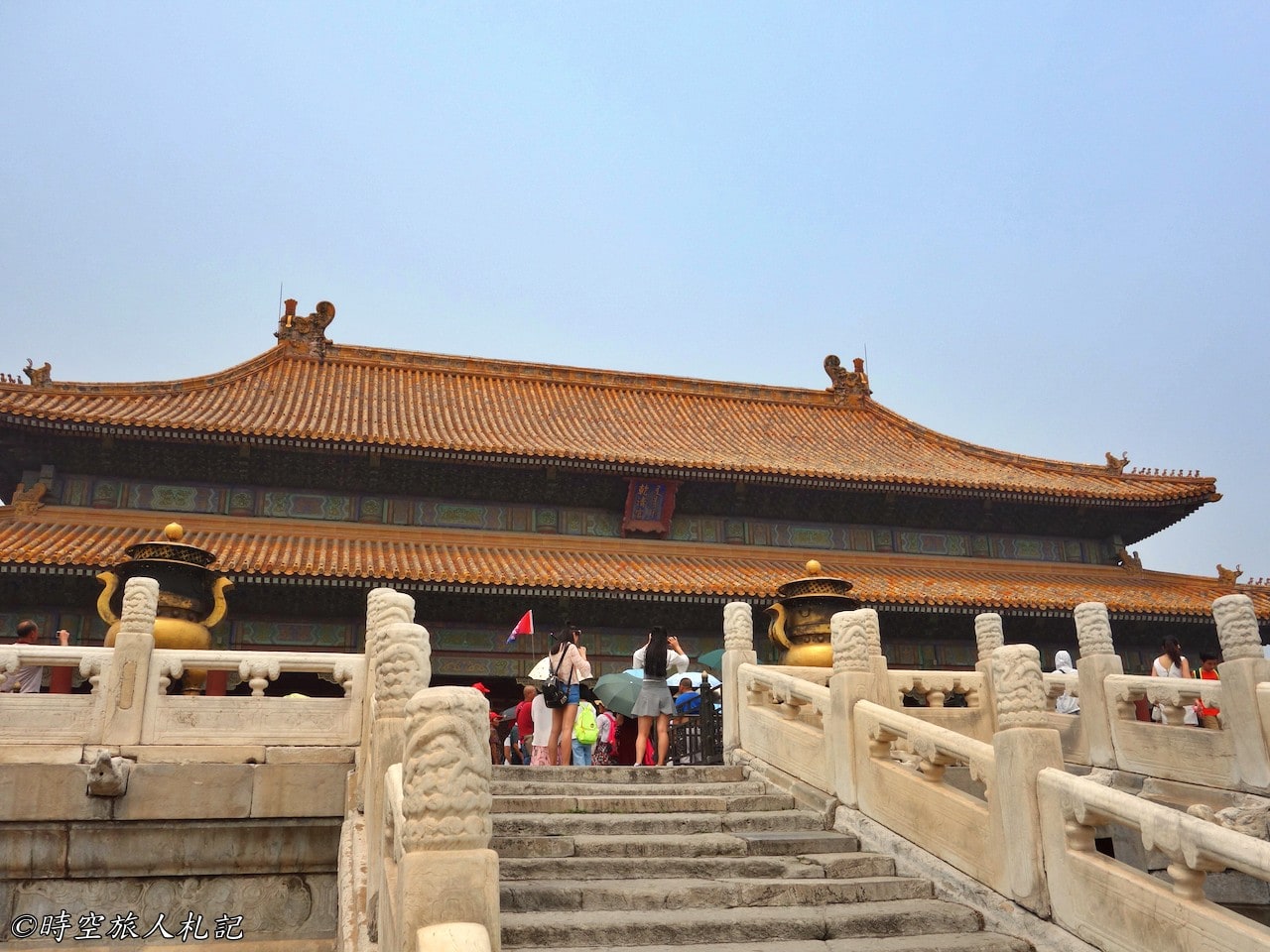
Qianqing Palace, there is a famous plaque, if you are more familiar with Chinese history, probably have heard of, because of the Kangxi because of the issue of the establishment of storage brothers fighting with each other, Yongzheng deliberately created a secret system of building storage. Stored in the building of the storage box is behind this bright plaque, box hidden in the emperor's chosen successor's name. Upon the death of the emperor, the box was removed for verification and the designated son assumed the throne.
Cathay Pacific Palace
The Jiao Tai Hall was the palace of the Empress. The Empress should not actually have a political function, so the main function is the Empress of the Qing Dynasty in the Empress's birthday, New Year's Day, the winter solstice three major festivals here to receive congratulations. Jiao Tai Hall in the center of the throne, hanging above the Qianlong copied the Kangxi imperial pen "WU WEI" plaque. This Wu Wei is a deep meaning, meaning that the Empress should not do something.
Kuning Palace
Kun Ning Palace was the sleeping quarters of the Empress during the Ming Dynasty, and the interior is still decorated with ornaments left over from the Ming Dynasty.
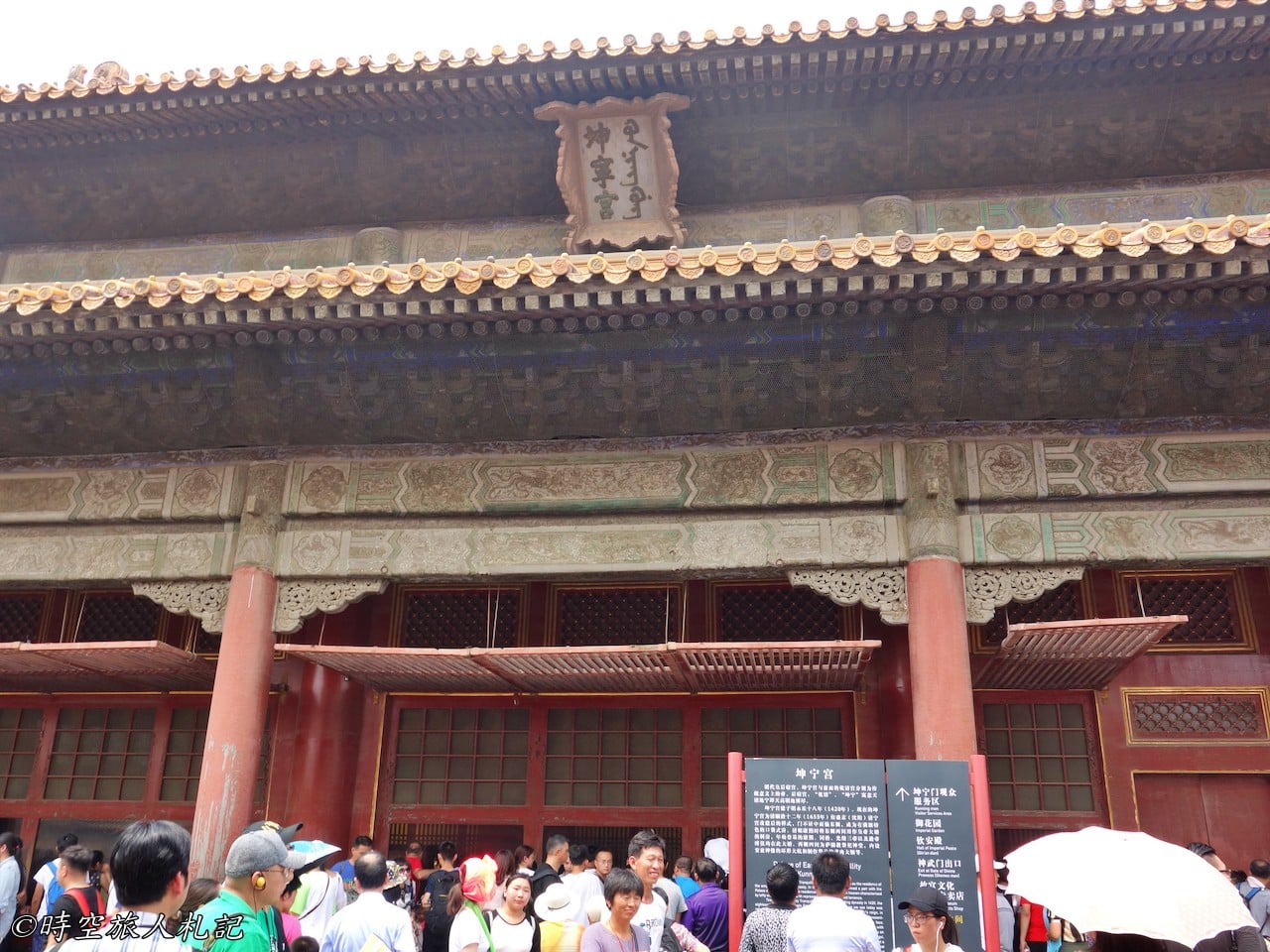
Royal Garden
The Royal Flower Garden is located at the back of Kun Ning Palace, and it's summer so it's green as far as the eye can see.
Shizahai, scenic area of northwest China
The area around Shizahai is known as Old Beijing, and you can come here to take a rickshaw ride through the hutongs. The scenery is so beautiful that it is known as the Water Village of the North. Shizahai means the three lakes in northern Beijing: Qianhai, Houhai and Xihai.
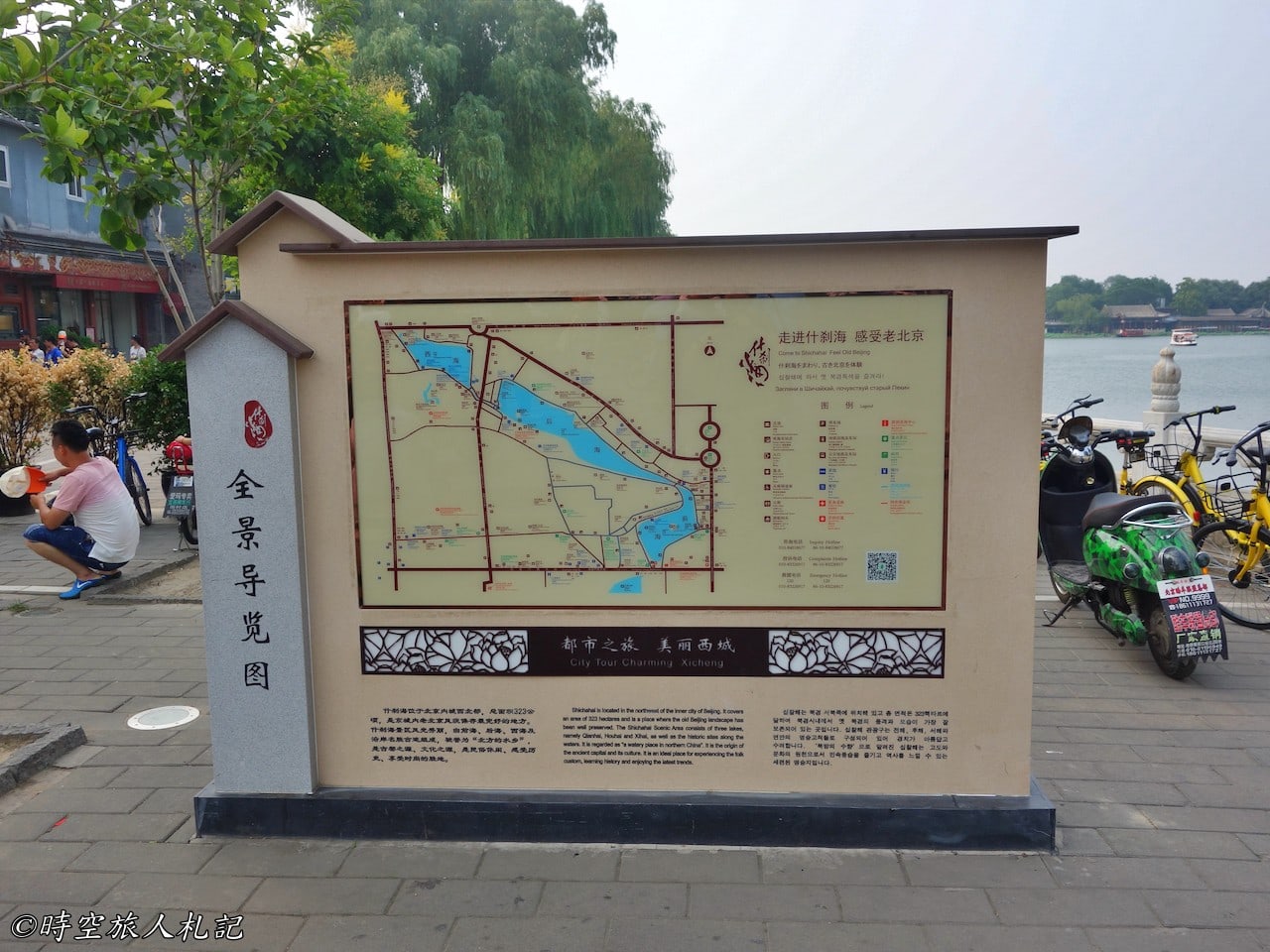
We came here to tour the hutongs, but we arrived too late and the rickshaws were off duty, so we had to give up. Later, we wanted to take a cruise to see the lake, but it was very difficult to get a boat, so it seems that Shizahai's reputation is true to its name, and it is a real popular attraction, so we had to relax on the shore to see the scenery.
The lakeside is lined with cafes and bars, and the night view is a special treat.
Related Posts
- Beijing One-Day Tour: Great Hall of the People, Tiananmen Square
- Beijing One-Day Tour: The Forbidden City, Shizahai
- Beijing Food: Old Beijing Snacks
Thank you for visiting our website.
All the content on this site is original and shared with the purpose of providing valuable information. We sustain the operation of this site through a small amount of advertising and sponsored links. If you click on links to third-party merchants on our site and make purchases, we may receive a portion of the sales as a commission. If you click on links to third-party merchants on our site and make purchases, we may receive a portion of the sales as a commission.
Find more posts on a map Here.
My recommended resources for hotel bookings.
Recommended travel credit card for US-based travelers
Travel with just a backpack!
Buy me a coffee and support my contents!
If you are interested in quoting this article or using any part of its content and images on your website or publication, please contact us via email to request permission.
